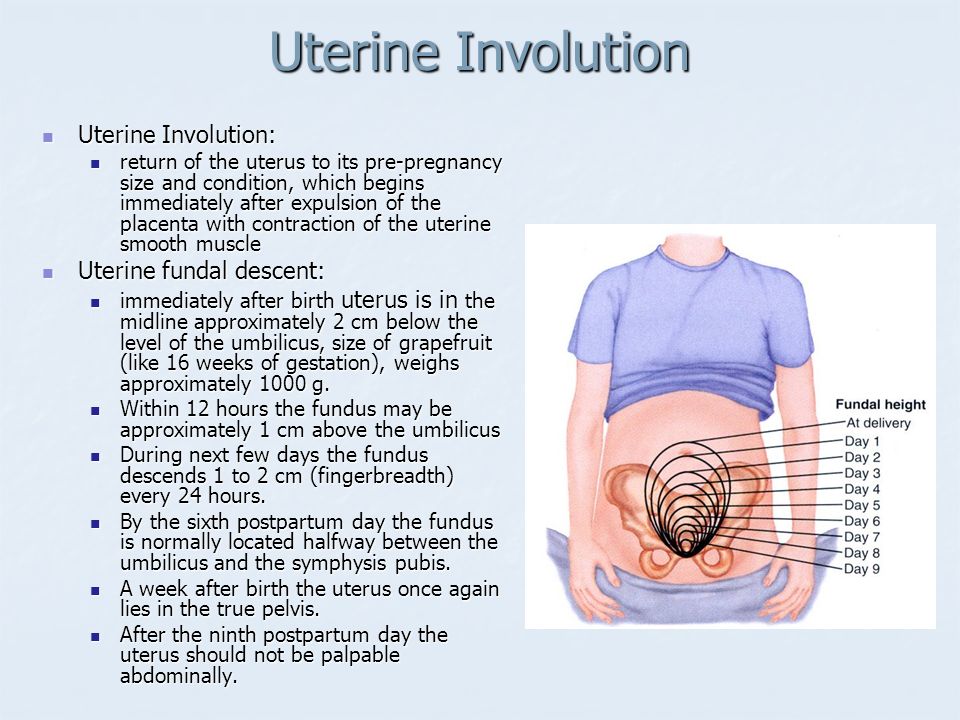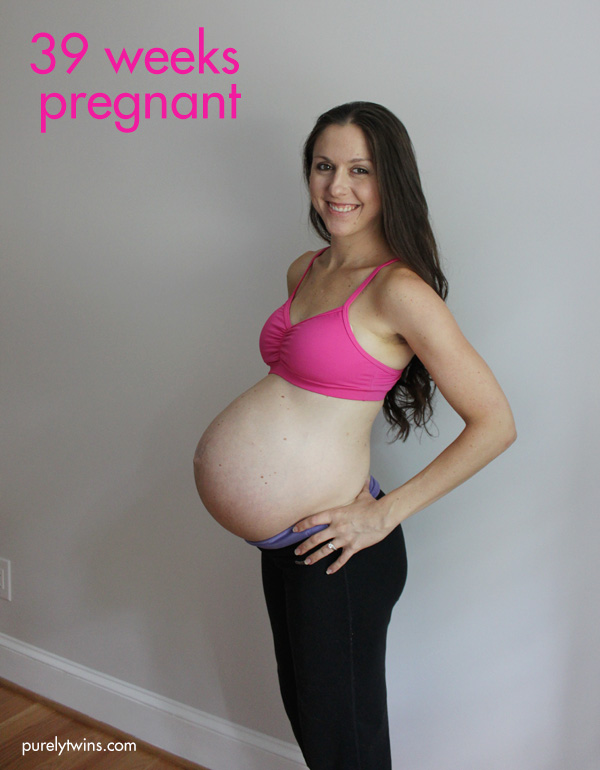Do contractions hurt the baby
Cause for Concern When Patterns Are Abnormal
Main Takeaways:
- Uterine contractions can compress the blood vessels in the uterus, potentially interfering in the transfer of oxygen to the placenta and the baby.
- In a normal labor, one contraction every two to three minutes or less than five contractions in a 10 minute period is ideal.
- A uterus must rest between contractions, having sufficient uterine resting tone (soft to the touch), and uterine resting time (about one minute).
The fetus relies on an adequate circulation of blood in the uterus and umbilical cord to provide enough oxygen to maintain fetal well-being during labor. The condition of the fetus is assessed during labor by monitoring the fetal heart rate.
There are characteristic patterns of the fetal heart rate reflected on a tracing that indicates good oxygenation. The fetus is at risk for impaired oxygen delivery where the uterine contraction pattern is abnormal.
Why Uterine Contraction Patterns Are Important
An abnormal uterine contraction pattern accompanied by non-reassuring fetal heart rate patterns are a concern. Steps must be taken by nurses, midwives and doctors to avoid this occurrence.
There are many articles in the medical literature about the interpretation of fetal heart rate patterns in assessing fetal well-being, but much of the literature fails to address or adequately consider the uterine contraction pattern as a critically important variable in the evaluation of fetal well-being.
There are a number of characteristics of the uterine contraction pattern that may contribute to stress on the fetus during labor, thereby increasing the risk of harm for the baby. Uterine contractions can compress the blood vessels in the uterus, potentially interfering in the transfer of oxygen to the placenta and the baby.
Contractions can also compress the umbilical cord, which may affect the flow of oxygenated blood to the baby. Both events occur in most labors, without consequences for the baby. But where these events occur too frequently or too severely, the risk of injury increases.
Both events occur in most labors, without consequences for the baby. But where these events occur too frequently or too severely, the risk of injury increases.
Consequences of Poor Oxygenated Blood Flow
There are a number of characteristics that demonstrate excessive uterine activity and must be avoided if an injury to the fetus is to be prevented. An excessive uterine activity can lead to impaired oxygenation of the fetus. While the fetus has a remarkable ability to tolerate periods of impaired oxygenation, that tolerance has limits.
Eventually, if excessive uterine activity persists, the fetus can develop a condition called metabolic acidosis and, if severe enough, brain injury and even death can occur. There are a number of contraction patterns that can contribute to the risk of injury or death to the fetus.
How Often Should You Be Having Contractions?
Contraction frequency is an important issue. The frequency of uterine contractions must be sufficient enough to dilate the mother’s cervix and promote the descent of the fetus down the birth canal.
Generally speaking, the desired frequency of uterine contractions in a normal labor is one contraction every two to three minutes or less than five contractions in a 10 minute period.
Where contractions occur more frequently, there is a risk that the fetus will not tolerate the added stress if this pattern is sustained. Overly frequent uterine contractions is called “tachysystole.”
What is Oxytocin and Why is it Used in Labors?
In some labors, a drug is used to assist with the uterine activity. The drug is called “oxytocin” or “syntocinon.” The effect of this drug, administered to the mother, is to increase the frequency, duration, and intensity of uterine contractions to promote delivery.
One risk associated with oxytocin is the possibility of excessive uterine activity. When oxytocin is used, should overly frequent contractions occur (more often than one contraction every two minutes), the oxytocin must either be turned down or stopped.
The abnormal uterine contraction pattern must be observed to see if it resolves. If stopping the oxytocin does not fix the problem, delivery may be necessary at that point, particularly if the fetal heart rate pattern is non-reassuring.
Why the Length of Contractions is Important
The duration or length of contractions is another important feature. In a normal labor, the desired length of contractions is between 45 and 60 seconds. Contractions that last longer than 60 seconds, if persistent, may indicate that the uterus is contracted for excessive periods of time, contributing to fetal stress.
A contraction that lasts longer than 90 seconds is called a “tetanic” contraction. Again, contractions lasting too long are abnormal and result in added stress on the fetus and must be avoided.
Make Sure the Uterus Gets to Rest
It is important for fetal well-being that the uterus rest between contractions. There are two important components to this rest: uterine resting tone, and uterine resting time. During contractions the uterus, which is a muscle, tenses to provide the force needed to advance the labor.
During contractions the uterus, which is a muscle, tenses to provide the force needed to advance the labor.
What Is the Uterine Resting Tone?
The uterus is taut during contractions or said to have increased “tone.” Rest between contractions requires the uterus to be “soft” when touched or palpated, having a decreased tone. If the uterus is not soft then the tone is increased. The muscle may not be sufficiently relaxed to promote good circulation of blood.
This could result in decreased blood flow between contractions, which is a concern for fetal oxygenation. It is important for the nurse to touch the mother’s belly between contractions to ensure that the uterus is soft.
If there is a persistent increased tone between contractions, the cause for this problem must be identified and a plan to manage the problem established, which may involve decreased oxytocin or expedited delivery.
How Long is the Uterine Resting Time?
There must also be sufficient time between contractions to allow the fetus to “recover” from the stress of the previous contraction. Ideally, the resting time between contractions should be one minute. Short resting times can contribute to unnecessary fetal stress.
Ideally, the resting time between contractions should be one minute. Short resting times can contribute to unnecessary fetal stress.
Other Contraction Patterns
Contractions that occur in quick succession may also be problematic. Where two contractions occur very quickly with little rest in between it is called “coupling.” Three contractions in quick succession is called “tripling.” These patterns are abnormal and must be avoided.
An abnormal uterine activity should always be seen as concerning, whether the patterns are seen with or without non-reassuring fetal heart rate patterns. If excessive uterine activity occurs with a non-reassuring fetal heart rate pattern, it is that much more worrisome and must be addressed clinically.
Doctors and nurses must be sensitive to the possibility of building fetal metabolic acidosis when these conditions occur together and are required to take action.
Contact a Trusted Birth Injury Lawyer Today
A common feature in many of the cases that BILA lawyers handle for families of children born with cerebral palsy or other traumatic birth injuries is the presence of abnormal uterine activity, often associated with the injudicious use of oxytocin.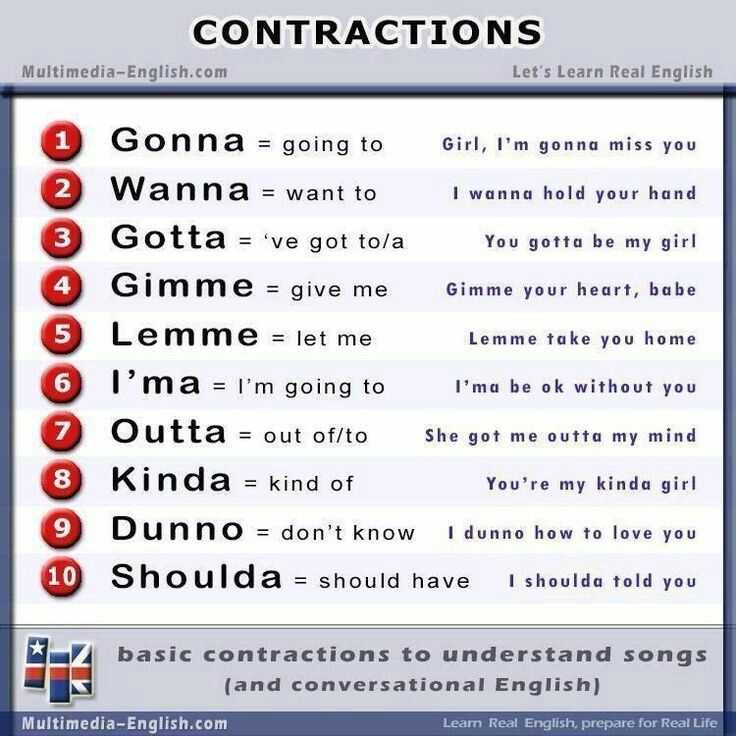
In many of these cases, the injury suffered by the newborn would have been avoided entirely with the proper recognition of these patterns and the appropriate clinical response. Contact one of our trusted lawyers today.
Charles Gluckstein
Toronto birth injury lawyer Charles Gluckstein was appointed President of the Ontario Trial Lawyers’ Association from 2013-2014. Since 2014, Best Lawyers® International has consistently recognized him as a leader in the personal injury field. In 2014 he was awarded the LEXPERT Zenith Award for Leading Personal Injury Lawyer in Practice Excellence, in recognition of thought leadership and the setting of new standards for the Personal Injury Bar. In its annual publication, the Canadian Legal LEXPERT® Directory has listed Charles as being repeatedly recommended by his peers in the area of personal injury for the Toronto region.
Contractions and signs of labor
Learning the signs of labor before your due date can help you feel ready for your baby’s birth.

Signs of labor include strong and regular contractions, pain in your belly and lower back, a bloody mucus discharge and your water breaking.
If you think you’re in labor, call your health care provider.
Not all contractions mean you're in true labor. Learning the difference between true and false labor can help you know when it’s the real thing.
What is labor?
Labor (also called childbirth) is the process of your baby leaving the uterus (womb). You’re in labor when you have regular contractions that cause your cervix to change. Contractions are when the muscles of your uterus get tight and then relax. Contractions help push your baby out of your uterus. Your cervix is the opening to the uterus that sits at the top of the vagina. When labor starts, your cervix dilates (opens up).
As you get closer to your due date, learning the signs of labor can help you feel ready for labor and birth. If you have any signs of labor, call your health care provider.
What are the signs of labor?
You know you’re in true labor when:
- You have strong and regular contractions. A contraction is when the muscles of your uterus tighten up like a fist and then relax. Contractions help push your baby out. When you’re in true labor, your contractions last about 30 to 70 seconds and come about 5 to 10 minutes apart. They’re so strong that you can’t walk or talk during them. They get stronger and closer together over time.
- You feel pain in your belly and lower back. This pain doesn't go away when you move or change positions.
- You have an increase in vaginal discharge that can be clear, pink or slightly bloody (brownish or reddish). This is called bloody show. It can happen a few days before labor or at the beginning of labor. If you have bright red bleeding or if the bleeding is heavy, tell your provider right away.
- Your water breaks. Your baby has been growing in amniotic fluid (the bag of waters) in your uterus.
 When the bag of waters breaks, you may feel a big rush of water. Or you may feel just a trickle.
When the bag of waters breaks, you may feel a big rush of water. Or you may feel just a trickle.
If you think you’re in labor, call your health care provider, no matter what time of day or night. Your provider can tell you if it’s time to head for the hospital. To see for sure that you’re in labor, your health care provider measures your cervix.
What are signs that you may be close to starting labor?
You may be close to starting labor if:
- Your baby drops or moves lower into your pelvis. This is called lightening. It means that your baby is getting ready to move into position for birth. It can happen a few weeks or even just a few hours before your labor begins.
- You have an increase in vaginal discharge that’s clear, pink or slightly bloody. This is called show or bloody show. It can happen a few days before labor starts or at the beginning of labor.
- At a prenatal checkup, your health care provider tells you that your cervix has begun to efface (thin) and dilate (open).
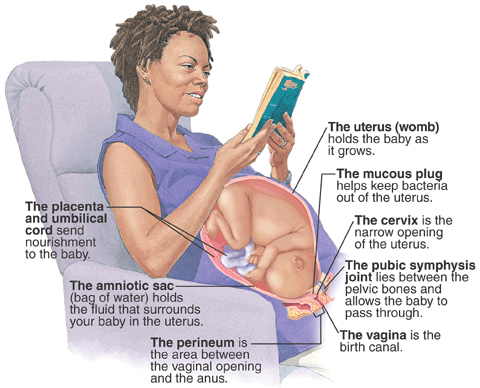 Before labor, your cervix is about 3.5 to 4 centimeters long. When it’s fully dilated (open) for labor, it’s 10 centimeters. Once labor starts, contractions help open your cervix.
Before labor, your cervix is about 3.5 to 4 centimeters long. When it’s fully dilated (open) for labor, it’s 10 centimeters. Once labor starts, contractions help open your cervix. - You have the nesting instinct. This is when you want to get things organized in your home to get ready for your baby. You may want to do things like cook meals or get the baby’s clothes and room ready. Doing these things is fine as long as you’re careful not to overdo it. You need your energy for labor and birth.
If you have any of these signs, you may start labor soon. Learn the signs of labor so you know when to call your provider.
What are false labor and Braxton-Hicks contractions?
Not all contractions mean you’re in labor. You may have contractions on and off before true labor starts. These contractions are called false labor or Braxton-Hicks contractions. They soften and thin the cervix to help your body get ready for labor and birth. You may feel them in the weeks right before your due date. Learning the differences between true labor contractions and false labor contractions can help you know when you’re really in labor.
You may feel them in the weeks right before your due date. Learning the differences between true labor contractions and false labor contractions can help you know when you’re really in labor.
It can be hard to tell the difference between true labor and false labor. When you first feel contractions, time them. Write down how much time it takes from the start of one contraction to the start of the next. Make a note of how strong the contractions feel. Keep a record of your contractions for 1 hour. Walk or move around to see if the contractions stop when you change positions.
What is preterm labor?
Preterm labor is labor that begins too early, before 37 weeks of pregnancy. Premature babies (born before 37 weeks of pregnancy) can have health problems at birth and later in life. If you’re not to 37 weeks of pregnancy and you have signs or symptoms of preterm labor, call your provider. Getting help quickly is the best thing you can do. Learn about risk factors for preterm labor and what you can do to help reduce your risk.
What are stages of labor?
Stages of labor include the whole process of labor, from your first contractions (stage 1) to pushing (stage 2) to delivery of the placenta (stage 3) after your baby is born. Learning about the stages of labor can help you know what to expect during labor and birth.
Last reviewed: December, 2018
Training contractions during pregnancy
What are training contractions
Childbirth takes place in three periods: opening, expulsion and succession. During the first of them, the uterus contracts, and its cervix opens. Contractions of the uterus during childbirth are called true or labor pains.
A few weeks before giving birth, the precursor period begins, during which the cervix softens and flattens, and the woman feels uterine contractions - training contractions. Many, especially those who are preparing to become a mother for the first time, are frightened by these sensations, taking them for the onset of childbirth and go to the hospital in vain. nine0005
nine0005
False contractions are uterine contractions that do not dilate the cervix. Usually a woman feels tension in her stomach and if she tries to feel the uterus, the organ will seem very hard to her. Sensations during training bouts last from a few seconds to two minutes. Such contractions are painless, some patients feel only slight discomfort. In addition, this condition occurs irregularly.
If the pain during contractions becomes severe, it is necessary to calculate how much time passes between them. If the intervals become the same, then labor begins and it is necessary to go to the hospital. nine0005
When training contractions start
False contractions can appear from the twentieth week of pregnancy, but often women do not feel them. Many pregnant women do not experience false contractions throughout their term, and their appearance at a later date is often frightening. Therefore, it is necessary to know the differences between false and true contractions.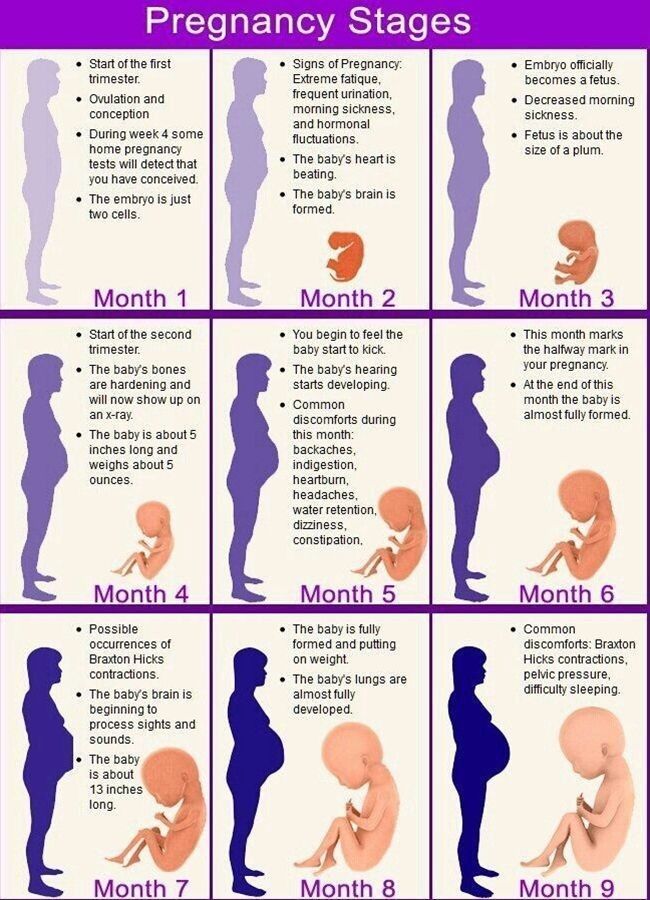
How to distinguish false contractions from labor
| False contractions | nine0021 |
|
|
|
|
|
|
|
|
If there is blood or watery discharge from the vagina, severe pulling pain in the lower back, or contractions become more regular, prolonged and painful, you should consult a doctor, even if you are in the early period. These conditions can be signs of placental abruption, leakage or outpouring of water and preterm labor.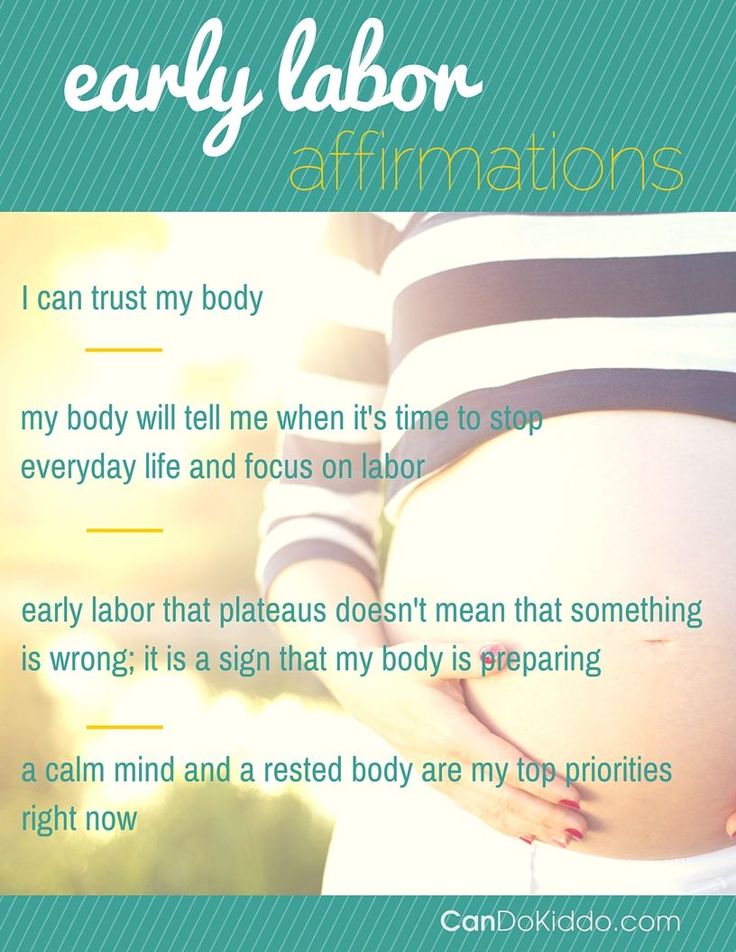
How to reduce the pain of training contractions
One of the following methods will help relieve the discomfort of false contractions:
- Take a bath or shower. Warm water will help the uterine muscles relax.
- Take a walk outside.
- Try to take a comfortable position, use for this special pillows and rollers for pregnant women.
- Sign up for a gymnastics course for pregnant women. They teach special exercises that help stop false contractions.
Our clinics in St. Petersburg
You can get detailed information and make an appointment by calling +7 (812) 640-55-25
Make an appointment
Media about INVITRO.
I confirm More
- INVITRO
- About the company
- History
- Management
- Quality
- Special ethics
February
Shortly before the birth, the expectant mother may be disturbed by training contractions, rhythmic contractions of the uterus, which quickly pass and appear sporadically. How to distinguish them from real contractions, and why they are needed, we will try to find out.
For the first time the phenomenon of temporary contractions was described by the English doctor John Braxton Hicks. That is why they are called - Braxton Hicks contractions or false, training contractions, precursor contractions. In his scientific work of 1872, he argued that these contractions are short-term (from half a minute to 2 minutes) contractions of the muscles of the uterus, which are felt by a pregnant woman as an increase in the tone of the uterus.
 They appear after the 20th week of pregnancy. And during the day they happen often, but the expectant mother in the daytime may not even notice them. However, as time goes on, they intensify, becoming more and more obvious. nine0005
They appear after the 20th week of pregnancy. And during the day they happen often, but the expectant mother in the daytime may not even notice them. However, as time goes on, they intensify, becoming more and more obvious. nine0005 WHAT DO YOU NEED FALSE BROUGHT
The uterus is a muscular organ. And like any muscle that has to perform the work allotted to it in the body, it needs training. After all, if she hangs for all forty weeks like a bag, she will not cope with the load in childbirth. Thus, the purpose of training or false contractions is to prepare the uterus and cervix for childbirth. That is why one of the names of training bouts is contractions harbingers - harbingers of an approaching birth. nine0005
ARE FALSE PARTS PAINFUL?
As a rule, false contractions are painless, but with increasing duration they become more noticeable and bring more discomfort. However, in all women, they manifest themselves in different ways, someone does not feel them at all, and someone does not sleep at night, tossing and turning and trying to find a comfortable position for sleeping.
 It all depends on the pain threshold. The main thing in this situation is to stop being nervous about this and calm yourself with the thought that such training is necessary for the most important upcoming event - the birth of your crumbs. And to calm down a little and sleep better, ask your doctor to prescribe a sedative for you and get a special pillow for expectant and nursing mothers. With her, falling asleep and experiencing the discomfort of the last weeks of pregnancy will be much easier! nine0005
It all depends on the pain threshold. The main thing in this situation is to stop being nervous about this and calm yourself with the thought that such training is necessary for the most important upcoming event - the birth of your crumbs. And to calm down a little and sleep better, ask your doctor to prescribe a sedative for you and get a special pillow for expectant and nursing mothers. With her, falling asleep and experiencing the discomfort of the last weeks of pregnancy will be much easier! nine0005 HOW TO LIVE WITH FREQUENT PARTS
Some expectant mothers complain that their Braxton Hicks contractions are frequent and cause significant discomfort, even when they are doing housework or other light physical activity. In such a situation, obstetricians are advised to lie down or vice versa, take an easy walk, in any case, change the type of activity. If training contractions bother you a lot, it is recommended to drink a glass of water, juice or herbal tea, calm down and get some rest.
 Ask someone close to give you a massage. Lie in silence. And to also benefit from training fights, try doing breathing exercises: practice breathing techniques in childbirth in practice. nine0005
Ask someone close to give you a massage. Lie in silence. And to also benefit from training fights, try doing breathing exercises: practice breathing techniques in childbirth in practice. nine0005 HOW TO DIFFERENTIATE TRAINING FROM LIVING
The most important thing to understand is that real contractions are much more painful than Braxton Hicks contractions. You will understand it right away. In addition, the contractions that bring you closer to childbirth are more regular. The contractions begin in the lower back, spread to the front of the abdomen, and occur every 10 minutes (or more than 5 contractions per hour). Then they occur with an interval of about 30-70 seconds and over time the intervals between them are reduced. Some women describe the sensations of labor pains as severe menstrual cramps, or sensations during diarrhea, when the pain rolls in waves in the abdomen. These contractions, unlike false ones, continue even after a change in position and when walking, constantly intensifying.
 As soon as you feel all these symptoms, call your ob-gyn - hour X has arrived. If in doubt, also do not be afraid to disturb the doctor. The doctor will ask you a few questions that will help him determine the type of contractions and eliminate all your doubts and worries. After all, it is always better to consult a doctor and trust his professional experience. nine0005
As soon as you feel all these symptoms, call your ob-gyn - hour X has arrived. If in doubt, also do not be afraid to disturb the doctor. The doctor will ask you a few questions that will help him determine the type of contractions and eliminate all your doubts and worries. After all, it is always better to consult a doctor and trust his professional experience. nine0005 You should seek help if:
• you have more than four contractions an hour and they happen regularly
• contractions are accompanied by pain in the lower spine
• contractions are accompanied by watery or bloody vaginal discharge
• the contractions are so strong that it is very difficult for you to endure them
• there is a marked change in the child's movement, or less than 10 movements every 2 hours nine0212 • you think your waters have started to breakAlla Misyutina, Consultant Physician, Independent Laboratory INVITRO
Dear women, during labor, the body needs a lot of oxygen, so proper breathing is very important.
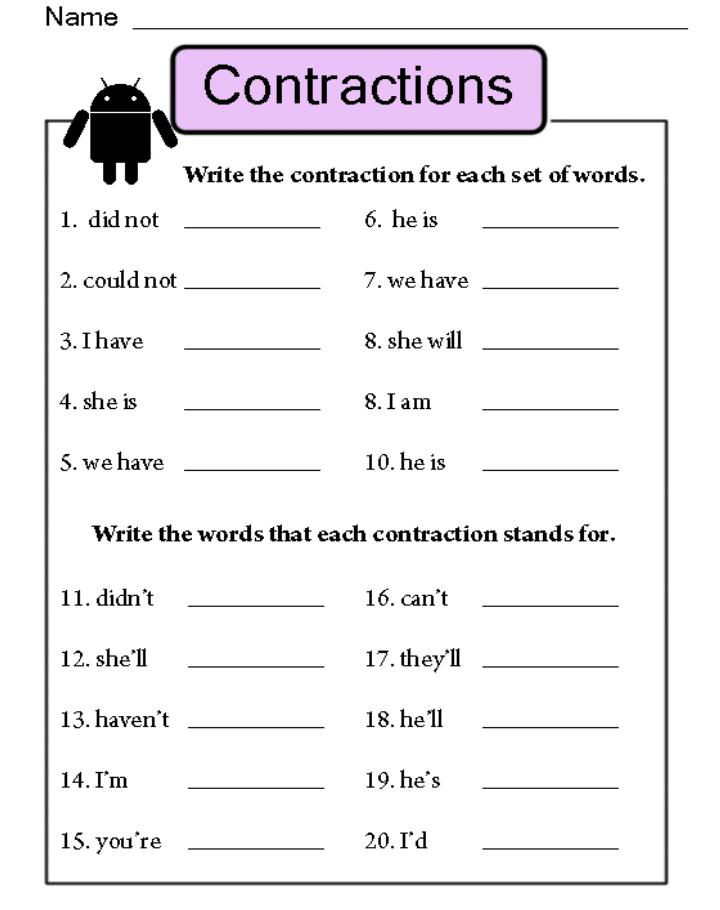 A large influx of oxygen into the blood of mother and baby alleviates the condition of the crumbs, which during childbirth experiences oxygen starvation. Special breathing techniques help to properly open the birth canal and make contractions and attempts as effective as possible. nine0005
A large influx of oxygen into the blood of mother and baby alleviates the condition of the crumbs, which during childbirth experiences oxygen starvation. Special breathing techniques help to properly open the birth canal and make contractions and attempts as effective as possible. nine0005 Different types of breathing should be used at different stages of labor.
• During "false" contractions, breathing should be deep and slow. During the period when the contractions become more intense, it is necessary to use "pain-relieving breathing". This breathing is slow, deep, the inhalation is done through the nose, it should be longer than the exhalation through the mouth. More details: inhale is done at the expense of 1-2-3-4, and exhale - at the expense of 1-2-3-4-5-6. With the help of such breathing: mom relaxes, distracts from pain, focuses on the score; the baby receives as much as possible, so he needs oxygen. nine0212 • In breaks from contractions, you need to rest and breathe evenly without any effort, so that you can then easily follow the doctor's recommendations.

• During attempts, you need to exhale all the air from the lungs, then take a deep breath and push for up to 6-9 seconds. Quickly exhale all the air, quickly take a deep breath and again hold your breath for 6-9 seconds, and so on - about three times per attempt.
• In breaks from attempts to rest and breathe deeply, evenly and relaxed. nine0212 • It is very important to only push on the perineum and never push on the head. In this case, all efforts are wasted and will appear in the form of burst vessels in the eyes and on the face.
• In the period after the birth of the head, it is necessary to stop pushing and breathing shallowly, some call this breathing “dog-like”, deep breathing can harm both mom and baby. Then everything goes on as usual, the main thing is to obey the doctor.
• After the baby was born, within half an hour the last stage of labor begins - the birth of the placenta. Special breathing is no longer required, at the doctor's command, push a little into the perineum and EVERYTHING! Dear women, pain during childbirth is good, it means that your baby will be born soon. There is no need to resist the pain, this is a mistake that brings a woman and a child nothing but fatigue. On the contrary, it is necessary to concentrate and help in every possible way to give birth to a healthy baby. nine0005
There is no need to resist the pain, this is a mistake that brings a woman and a child nothing but fatigue. On the contrary, it is necessary to concentrate and help in every possible way to give birth to a healthy baby. nine0005 BIRTH AGAIN
So, you have decided that this is no longer a “teaching”, but the beginning of childbirth. In addition to contractions, the onset of labor can be indicated by the outflow of amniotic fluid and the passage of a mucous plug that closes the lumen of the cervix. The mucous plug can also come off 2-3 days before delivery. However, her departure does not always mean that it is time to go to the hospital. During pregnancy, the cervix is tightly closed. With the onset of labor pains, its opening begins: the cervix of the uterus gradually expands to 10-12 cm in diameter (full disclosure). The birth canal is preparing to "release" the child from the womb. Intrauterine pressure increases during contractions as the uterus shrinks. And in the end, this leads to rupture of the fetal bladder and the outflow of part of the amniotic fluid.
 nine0005
nine0005 The first, preparatory, period of labor for women giving birth for the first time takes an average of 12 hours, and 2-4 hours less for those who have second births. At the beginning of the second stage of labor, contractions join the contractions - contractions of the muscles of the abdominal wall and diaphragm. In addition to the fact that different muscle groups are involved in contractions and attempts, they have one more important difference: contractions are an involuntary and uncontrollable phenomenon, neither their strength nor frequency depend on the woman in labor, while attempts to a certain extent obey her will , it can delay or strengthen them. Therefore, at this stage of childbirth, a lot depends on the expectant mother and her ability to quickly and correctly follow the commands of the obstetrician taking delivery. And most importantly - to tune in correctly and not allow panic and thoughts about something bad. Obstetricians and gynecologists recommend that mothers perceive childbirth as a holiday, a baby's birthday.

